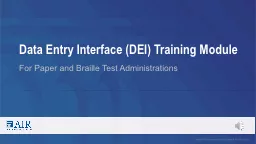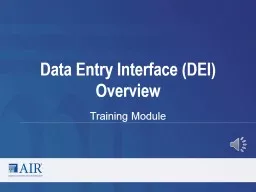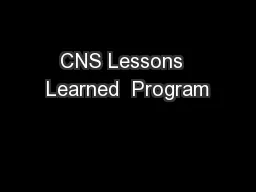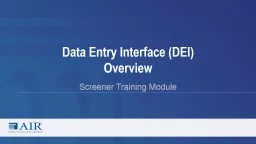PPT-The Data Made Me Do It: Lessons Learned from DEI and
Author : friendma | Published Date : 2020-06-29
CbD Workshop B February 6 2013 Presenters George Fouts Senior Partner for Completion by Design former Director of Developmental Education Initiative Debbie Smith
Presentation Embed Code
Download Presentation
Download Presentation The PPT/PDF document "The Data Made Me Do It: Lessons Learned ..." is the property of its rightful owner. Permission is granted to download and print the materials on this website for personal, non-commercial use only, and to display it on your personal computer provided you do not modify the materials and that you retain all copyright notices contained in the materials. By downloading content from our website, you accept the terms of this agreement.
The Data Made Me Do It: Lessons Learned from DEI and: Transcript
Download Rules Of Document
"The Data Made Me Do It: Lessons Learned from DEI and"The content belongs to its owner. You may download and print it for personal use, without modification, and keep all copyright notices. By downloading, you agree to these terms.
Related Documents














